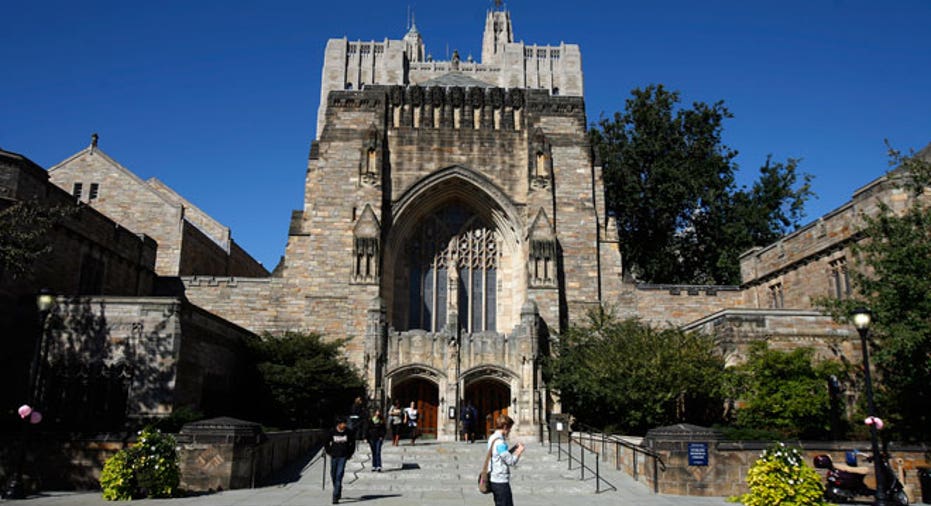The College Savings Gap is Growing

Balances in college savings plans are on the rise, but there’s a growing divide among college savers.
According to Sallie Mae’s “How America Saves for College” survey, average college savings increased 30% to $15,346 this year from $11,781 in 2013. Fifty-one percent of families are saving for college, holding steady from last year, but down from 62% in 2009.
“We are seeing a rebound in middle and high-income families in setting aside money,” says Sarah Ducich, senior vice president of Public Policy for Sallie Mae
The survey shows 73% of households earning $100,000 a year or more are putting money aside for college compared to 51% of middle-class families and 34% of low-income families earning less than $35,000. The amount of savings among low-income families dropped 26% to $3,762 from $5,093.
Ducich says two-thirds of non-savers are willing to stretch themselves financially to help save for college, but often feel they don’t have the funds. “They don’t feel like they have enough money to make ends meet and save at the same time.”
High and middle-income families’ savings increased by 39% and 29%, respectively while two-thirds of low-income families say they have not saved for college at all.
Families are undertaking a variety of methods to help cover growing tuition costs, with 57% families using multiple vehicles. The College Board reports the average total cost of a public four-year instate school, including tuition and room and board is $18,391. At a public out-of-state school, the number jumps to $31,701. From 2008-2014, the average published tuition and fees at public four-year colleges has increased 27%.
“There are a lot of ways to pay for college and no one pays the same. There are very few people able to cover costs with just their savings and income, many have a patchwork of how they pay,” says Ducich.
Forty-five percent of parents report using their general savings account, and 19% of families saving for college use a 529-plan and 13% use a Coverdell Education Savings Account (ESA).
“Using tax-advantage accounts like 529s and Coverdell plans are great ways to save because any qualified withdraws will not be taxed. If you use your own savings either through a brokerage or savings account, you will pay along the way. However, those two provide the greatest flexibility,” says Rande Spiegelman, vice president of financial planning at Schwab.
While 41% of parents have started planning for how they will save for college, Ducich points out there is a difference between planning and executing. “We need to combine planning and saving together. It can be overwhelming when you look at the price tag, but it’s all about setting realistic goals and getting the savings plan going.”
Fewer than half of parents saving for college have set a savings goal, but among those that have, the average target is $75,635.
The study shows non-planners anticipate a greater share of their child’s college costs to come from grants and scholarships and student loans. “That is like thinking it would be smart to assume Social Security will take care of all your retirement needs. It makes sense to look at financial aid and scholarships as ways to supplement savings,” says Spiegelman. “Call it a three-legged stool, you want to save, apply for financial aid and college, and you might have to borrow a little more.”
The study also shows funding retirement dominates the savings poll at 53% of all savings, while college is the next highest at 10%. “For many, there is only so much money to go around. Our best advice is don’t shortchange your own retirement for the sake of college tuition for the next generation,” says Spiegelman. “There are a lot of emotional issues involved here. Most parents want to sacrifice for kids, but you can’t take out loans for retirement.”



















